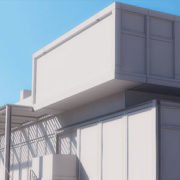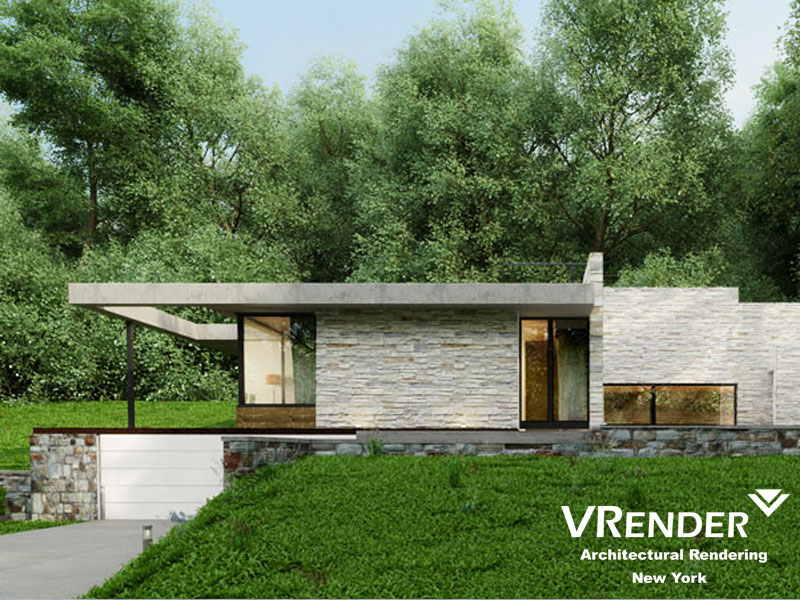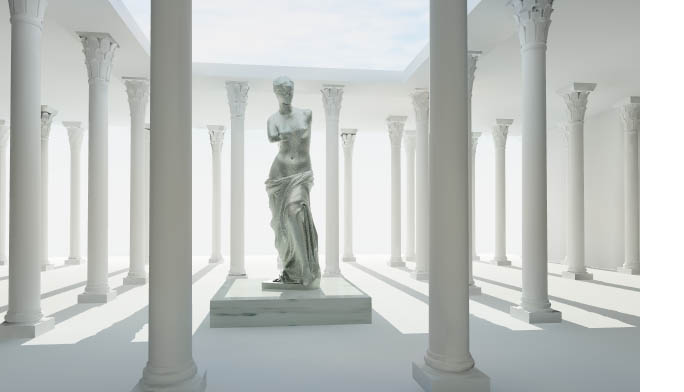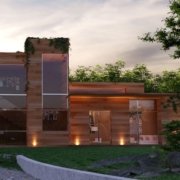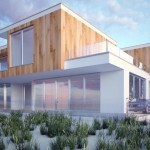Why Photorealistic Renderings are Important for Architecture Companies
Photorealistic renderings have become an essential tool for architecture companies for several reasons. Here’s why they are so important:
- Visualization: Photorealistic renderings allow architects and clients to visualize the final product with a high level of accuracy before any construction begins. This helps in understanding how the design fits within its context, showing realistic lighting, textures, and materials.
- Client Communication: They serve as an excellent communication tool between architects and clients. Clients might not be able to fully understand technical drawings or abstract concepts, but a photorealistic image can convey complex ideas more clearly and effectively.
- Marketing and Promotion: High-quality renderings are often used in marketing materials. They can be showcased on websites, brochures, and presentations to promote the firm’s capabilities and to attract new clients. They offer a way to present a portfolio in a visually appealing manner.
- Design Development and Analysis: Renderings can also aid in the design process itself, allowing architects to analyze and refine their ideas. They can test different design options, materials, and color schemes quickly before making any physical changes.
- Approval and Permitting Process: For certain projects, planning permissions and community approvals are necessary and can be a complex process. Photorealistic renderings can improve the chance of approval by clearly demonstrating the intent and integration of the design within the existing environment to planning boards and local communities.
- Fundraising and Pre-sales: For development projects, having realistic images can help in fundraising or even in pre-selling apartments or condos. They give potential buyers or investors a clear idea of what they are investing in, which can lead to increased interest and commitment.
- Error and Risk Reduction: Identifying potential design problems before they materialize in construction can save time, money, and resources in the long run. Renderings can often expose issues related to scale, proportion, and relationships that may not be as evident in 2D drawings.
- Interactive Experiences: Beyond static images, photorealistic renderings can be developed into virtual tours or augmented reality experiences, providing an even more immersive experience for clients and stakeholders.
- Cost-Effective: Creating a photorealistic rendering is generally less expensive than building a physical model or prototype. It’s a cost-effective way to explore and present designs.
- Global Outreach: In today’s global market, architecture firms often work with clients from different parts of the world. Photorealistic renderings easily cross the language barrier and allow for a universal understanding of the project’s design intent.
In summary, photorealistic renderings enhance communication and understanding, improve the design and approval process, facilitate marketing efforts, and ultimately provide a tool for architects to refine their craft and deliver a better product to their clients. As technology progresses, these renderings continue to become more lifelike and accessible, further cementing their importance in the architecture industry.
Latest posts by VRender (see all)
- How to add perspective to architectural projects with digital 3D rendering help - December 24, 2023
- 3D Architectural Walkthrough Animation Services New York - April 24, 2019
- 3D Rendering Services in San Francisco, California - March 12, 2019

